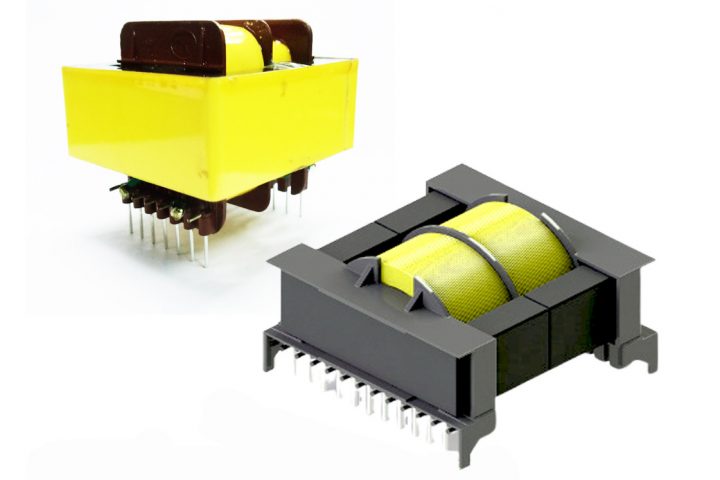A gate drive transformer must reproduce the shape of an input pulse as accurately as possible at its secondary terminals. The performance of a gate drive transformer’s pulse characteristics is specified in terms of its effect on the shape of the pulse input current/voltage. It is important that the transformer must reproduce the shape of...weiterlesen
Schlagwort: switched-mode
Gate Drive Transformers and Circuits
A gate drive transformer is optimized for transmitting rectangular electrical pulses with fast rise and fall times to activate or deactivate a switching device. Despite various floating channel MOSFET/IGBT driver ICs being available, a transformer-coupled gate drive is still the better option to use for high power applications for many reasons. For example, due to the multiple...weiterlesen
12 Schritte für den Entwurf von SMPS-Transformatoren
Designing magnetic components for SMPS can be challenging due to the increasing demands of modern electronics designs. Following these 12 steps can help engineers navigate the challenges and ensure a successful projectweiterlesen
SMPS: Phase-Shifted Full-Bridge Converters
Phase-shifted full-bridge (PSFB) converters reduce switching loss and increase efficiency by phase-shifting the gate signals between the leading leg and the lagging leg switches without additional circuitsweiterlesen
SMPS: Resonant Converters
Demand for smaller electronics (and thus smaller power supplies) continues to increase. Resonant techniques are used to allow for high-frequency operation in switched-mode power supplies, which in turn allows for smaller componentsweiterlesen
SMPS: Symmetrical Isolated Converters
The fourth article in our series on switched-mode power supplies (SMPS) covers the main types of symmetrical isolated converter topologies: push-pull, half-bridge, und full-bridgeweiterlesen
SMPS: Asymmetrical Isolated Converters
Isolated SMPS topologies are split into two main categories depending upon how the transformer is utilized: asymmetrical and symmetrical. In this article, we discuss asymmetrical isolated converter topologies.weiterlesen
SMPS : Non-Isolated Converters
Non-isolated converters are less common than isolated converters among typical switched-mode power supply (SMPS) topologies. But they still have several useful applications.weiterlesen







